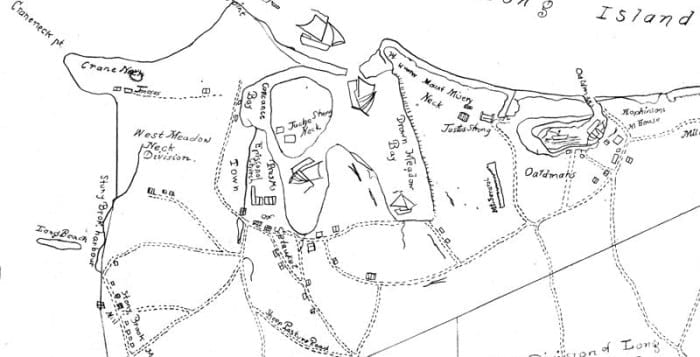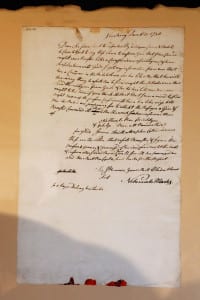Less than two weeks after Election Day, the candidate pool for New York’s 4th Assembly District is already crowded.
Skyler Johnson (D-Port Jefferson Station), chair of the Suffolk County Young Democrats, declared his candidacy for District 4 in downtown Port Jefferson on Saturday, Nov. 18. The announcement comes just days after Village of Port Jefferson Deputy Mayor Rebecca Kassay, also a Democrat, announced her bid for the seat. [See story, “Port Jeff’s deputy mayor announces run for New York State Assembly,” Nov. 15, TBR News Media.]
Freshman state Assemblyman Ed Flood (R-Port Jefferson) currently represents the 4th Assembly District. Last November, Flood unseated former state Assemblyman — and current Suffolk County Legislator-elect — Steve Englebright (D-Setauket), who had held the seat for three decades.

During an announcement event at Mary Bayles Park, surrounded by family and supporters, Johnson indicated he decided to run to address the high cost of living within the area. “I am from this district, and I am struggling to afford the cost of living on Long Island,” he said. “People of my generation, and of every other age group, are facing the exact same struggle.”
He added, “I am running because I think I can make a difference on those key issues, especially on the environment, on housing and, like I said, on cost of living.”
Johnson first threw his hat in the ring in 2020 and again in 2022, both unsuccessful bids for state senate. Before pursuing elective office, he worked under former Southampton Village Mayor Jesse Warren. Johnson is currently a nonprofit consultant and previously served as director of development, communications and advocacy for Brentwood-based New Hour for Women & Children LI.
Johnson pledged to address a range of issues, such as expanding abortion access, promoting criminal justice reform and protecting the environment.
Highlighting on the event’s location, the Democratic candidate noted that Port Jeff — originally called Drowned Meadow — is particularly vulnerable to flooding and related environmental calamities.
“A single flood could wipe out millions of dollars worth of property in Port Jefferson at any moment,” he said. “Across the district, we need to make sure that we are fighting the drastic effects of climate change and that we are properly working with our state to make sure that we are finding ways to prevent this flooding.”
Johnson referred to housing costs as “at an all-time high, and wages have stagnated.” He underscored the phenomenon of vacant storefronts throughout commercial districts within AD4.
“We need to make sure that we are reforming our tax laws coming down from Albany,” he said, supporting “working with municipalities to do so, so that small businesses benefit from tax breaks, not just Amazon or Walmart or these giant corporations that eat up our real estate and do not create the same level of community engagement that our small businesses do.”
The Suffolk Young Democrats chair pointed to public transit as another area for improvement from the state, saying district residents “are struggling to get to work,” the lack of transit options hampering those who do not have access to or cannot afford an automobile.
“We’re going, if I’m elected, to bring money back to Suffolk County — back to Assembly District 4 — to invest in public transportation,” he said. “And at the same time, we’re going to make sure that the third rail of Port Jeff’s [branch of the Long Island Rail Road] is electrified finally.”
In his announcement address, Johnson said he would “fight for those in our community who have been underserved for years,” adding, “We have about one year to go, and every day I’m going to work for you now and in Albany.”















